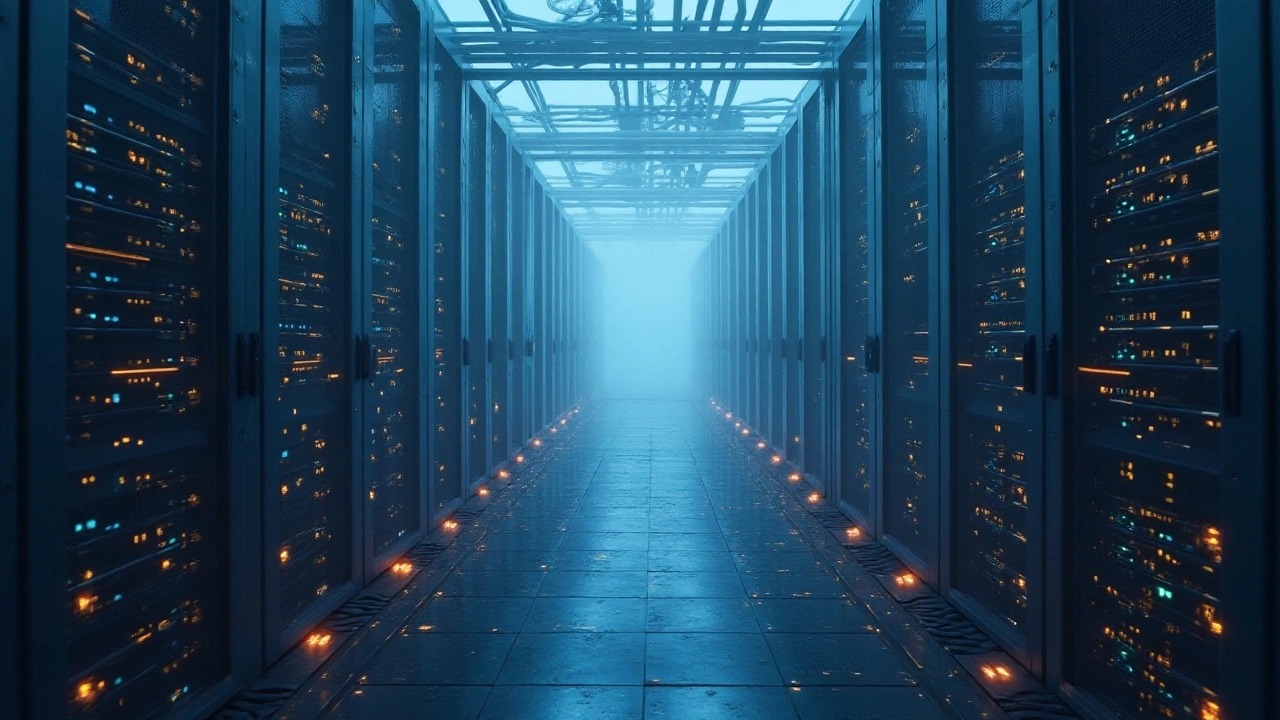Tier 1 Data Center: The Basics You Need to Know
If you’ve ever heard the term "Tier 1 data center" and wondered what it really means, you’re not alone. In plain English, a Tier 1 data center is the most basic level of facility that still meets industry standards for uptime and security. It’s built to keep your servers running, but it doesn’t have the extra backup layers you’d find in higher‑tier sites. Think of it as the entry‑level apartment in a high‑rise building – it gets the job done, but you won’t find a rooftop pool.
Key Features of a Tier 1 Data Center
First up, power. A Tier 1 site typically relies on a single, non‑redundant power feed. If that feed hiccups, the whole center can go dark. That’s why customers who can’t afford downtime often look beyond Tier 1. Second, cooling is usually simple air‑conditioning units with no backup chillers. Third, the layout is straightforward: rows of racks, a main UPS, and a basic fire‑suppression system. There’s no extra room for expansion, no separate generators, and no multiple network paths. All of this keeps costs low, which is the main draw for startups or small businesses.
When to Choose a Tier 1 Facility
So, when does a Tier 1 make sense? If your website tolerates occasional brief outages, or if you’re just testing a product, Tier 1 can save you money. It’s also a good fit for internal IT labs, development environments, and backup storage that isn’t mission‑critical. On the flip side, if you run an e‑commerce store that can’t lose a sale, or you handle sensitive customer data, you’ll probably need a Tier 3 or Tier 4 site with redundant power, cooling, and network paths.
Another point to keep in mind is location. Tier 1 centers are often placed in less expensive real estate zones, which can affect latency. If your users are spread out globally, you might pair a Tier 1 hub with edge servers or CDN services to keep response times snappy.
Maintenance is also simpler at Tier 1. With fewer moving parts, there’s less that can break, and the staff can focus on core tasks rather than juggling backup generators. That can translate into lower monthly fees and easier contract terms.
Security is basic but still solid. You’ll get perimeter fencing, CCTV, and badge access, but you won’t see biometric scanners or man‑traps. If you need higher security, you can layer on your own firewalls and encryption, but the physical safeguards stay modest.
Bottom line: Tier 1 data centers give you a functional, cost‑effective home for your IT gear. They’re perfect for projects that can survive a short outage and for businesses watching every penny. As your needs grow, you can always upgrade to a higher tier without moving your hardware—most providers design their facilities for smooth transitions.
Ready to decide? List your uptime requirements, budget, and security needs, then compare them against the Tier 1 checklist above. If the fit feels right, you’ll enjoy a straightforward, low‑cost solution that gets your servers online fast.
Data centers are classified into four tiers, from Tier 1 to Tier 4, each offering different levels of redundancy, cooling, and connectivity to meet various business needs. Tier 1 represents the most basic level with limited redundancy, while Tier 4 offers the highest level of reliability and fault tolerance. Understanding these tiers is crucial for businesses to choose a data center that aligns with their operational expectations and budget requirements. This article explores the key characteristics and benefits of each tier, providing insights to help make informed decisions.
Dec, 31 2024
